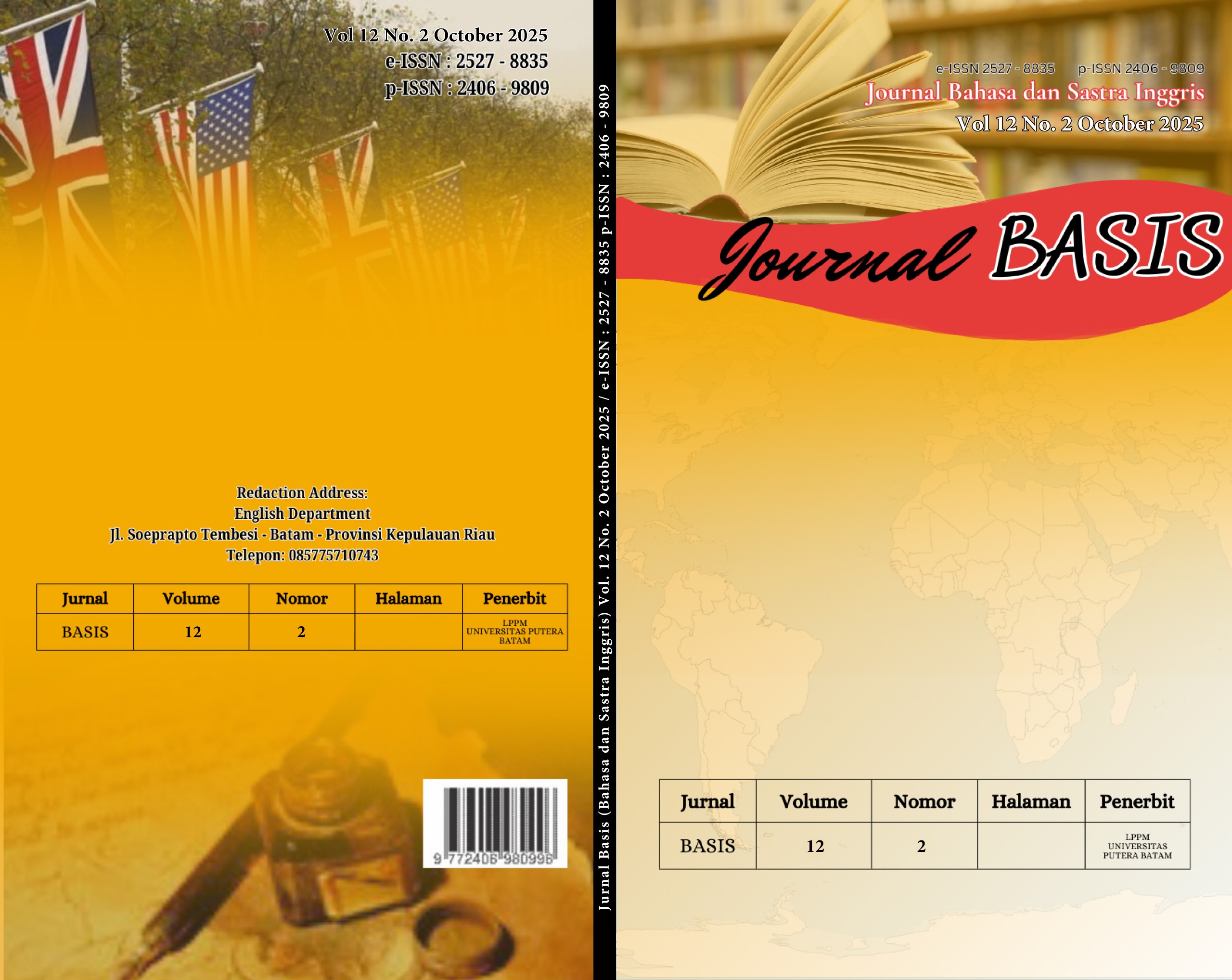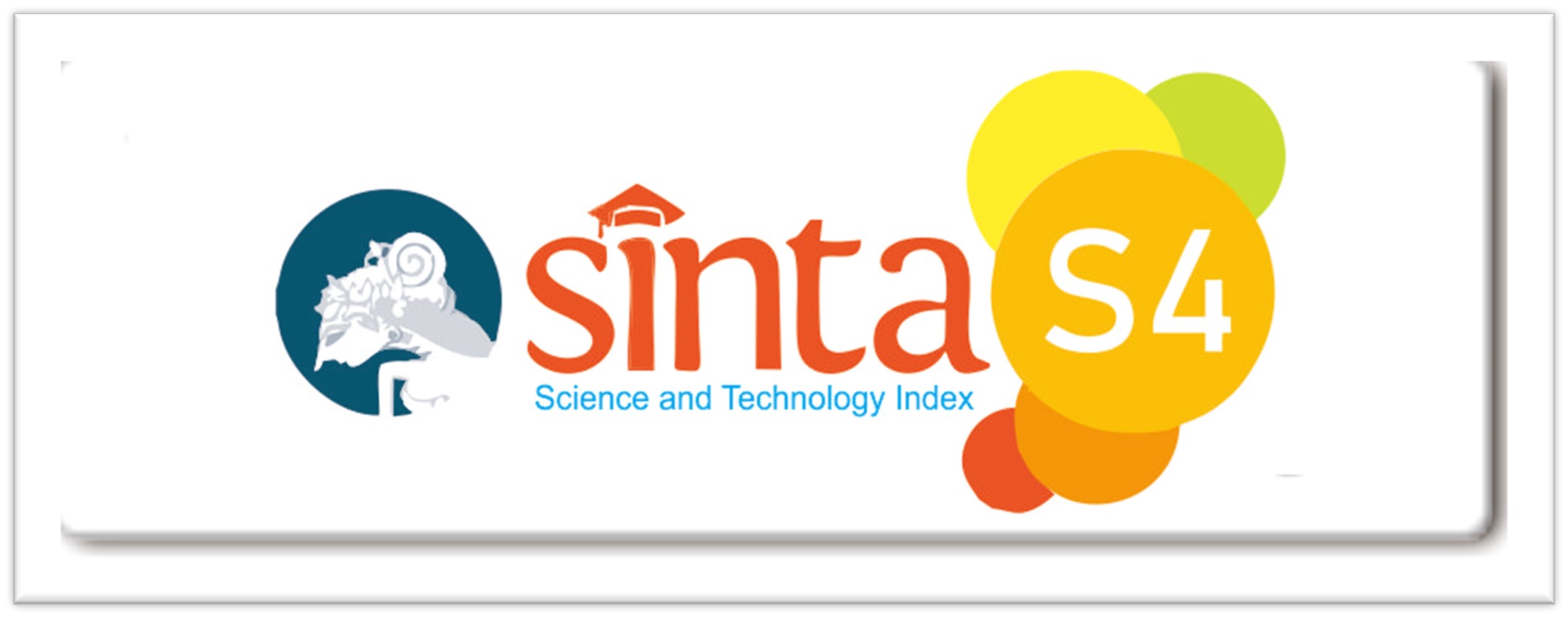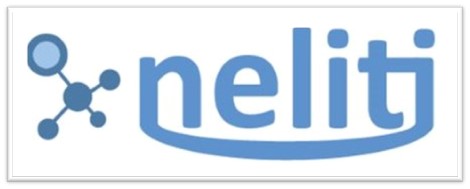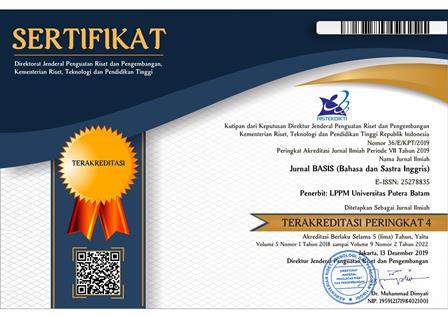FRAMING THE LIE: A LINGUISTIC ANALYSIS OF VIRAL FAKE NEWS DISCOURSE
DOI:
https://doi.org/10.33884/basisupb.v12i2.10000Keywords:
Framing, Fake News, Hoax, LinguisticAbstract
In the digital era, fake news has become a powerful tool to influence public opinion, spread fear, and manipulate people's behavior. Language plays a significant role in this phenomenon, not only as a means of communication, but also as a tool of persuasion and misdirection. This article examines the linguistic strategies commonly used in the creation and spread of viral hoaxes, using a discourse analysis approach and framing theory. The focus lies on the use of emotional language, manipulative diction, hyperbole, metaphors, as well as narratives designed to establish false credibility and trigger strong emotional reactions. The article also discusses the constructive collaboration between language and visual elements such as images, memes and symbols that reinforce misleading narratives on social media. Data sources consist of 3-5 hoax news stories that have been clarified by fact-checking sites such as TurnBackHoax.id. Data collection was done through documentation techniques by downloading the hoax text and supporting information. Data analysis was conducted qualitatively through content analysis and comparison between the hoax text and its clarification. The findings of this article emphasize the importance of critical awareness of language and media literacy in dealing with disinformation, as well as the need for an interdisciplinary approach involving linguistics, communication, and digital media studies.
References
Bruner, J. (1991). The Narrative Construction of Reality. Critical Inquiry, 18(1), 1–21.
Creswell, J. W. (2013). Qualitative Inquiry and Research Design: Choosing Among Five Approaches (3rd ed.). SAGE Publications.
Daulay, SH., (2019). Language and Society. Medan: Lembaga Peduli Pengembangan Pendidikan Indonesia (LPPPI). ISBN. 978-623-90653-3-1
Daulay, S.H. (2014). Types of code mixing on Facebook status. The 2nd ELITE International Conference, Vol. 38, 365–371.
Daulay, S. H., Bahar, T., Putri, A., & Batubara, P. F. (2023). Various wordings of propaganda on social media: Cases from Instagram application. Journal of Linguistics, Literacy, and Pedagogy, 2(2), 100-107. https://dx.doi.org/10.30870/jllp.v2i2.17800
Daulay, S. H., Nasution, A. H., Ningsih, F. R., Berutu, H., Irham, N. R., & Mahmudah, R. (2024). Code switching in the social media era: A linguistic analysis of Instagram and TikTok users. Humanitatis: Journal of Language and Literature, 10(2), 373-384.
Daulay, S. H., & Lubis, R. A. (2024). Tweeting Between the Lines: Exploring Code Mixing in The Twittersphere. Jurnal JOEPALLT (Journal of English Pedagogy, Linguistics, Literature, and Teaching), 12(2), 226-236.
Daulay, S. H., & Aulia, D. N. (2024). Understanding the Role of Language on Twitter: From Hashtag to Discourses. EBONY: Journal of English Language Teaching, Linguistics, and Literature, 4(2), 148–156. https://doi.org/10.37304/ebony.v4i2.12693
Daulay, S. H., Rizky, F. M., & Lubis, R. A. (2025). From Tweets to Tension: How Language Shape Hoaxes and Hatred in the Twitterverse. Kajian Linguistik Dan Sastra, 4(2), 339–346. https://doi.org/10.22437/kalistra.v4i2.43702
Ekman, P. (2009). Telling Lies: Clues to Deceit in the Marketplace, Politics, and Marriage (3rd ed.). W. W. Norton & Company.
Entman, R. M. (1993). Framing: Toward clarification of a fractured paradigm. Journal of Communication, 43(4), 51–58. https://doi.org/10.1111/j.1460-2466.1993.tb01304.x
Fairclough, N. (1995). Critical Discourse Analysis: The Critical Study of Language. Longman.
Flick, U. (2014). An Introduction to Qualitative Research (5th ed.). SAGE Publications.
Foucault, M. (1980). Power/Knowledge: Selected Interviews and Other Writings, 1972–1977. Pantheon Books.
Goffman, E. (1974). Frame Analysis: An Essay on the Organization of Experience. Harvard University Press.
Keyes, R. (2004). The Post-Truth Era: Dishonesty and Deception in Contemporary Life. St. Martin’s Press.
Kramer, A. D. I., Guillory, J. E., & Hancock, J. T. (2014). Experimental evidence of massive-scale emotional contagion through social networks. Proceedings of the National Academy of Sciences, 111(24), 8788–8790. https://doi.org/10.1073/pnas.1320040111
Krippendorff, K. (2018). Content Analysis: An Introduction to Its Methodology (4th ed.). SAGE Publications.
Lakoff, G. (2004). Do not think of an elephant! Know your values and frame the debate. Chelsea Green Publishing.
Lutz, B., Adam, M., Feuerriegel, S., Pröllochs, N., & Neumann, D. (2023). Which linguistic cues make people fall for fake news? A comparison of cognitive and affective processing.
McCornack, S. A. (1992). Information Manipulation Theory. Communication Monographs, 59(1), 1–16.
Miles, M. B., Huberman, A. M., & Saldaña, J. (2014). Qualitative Data Analysis: A Methods Sourcebook (3rd ed.). SAGE Publications.
Munusamy, S., Syasyila, K., Shaari, A. A. H., Pitchan, M. A., Kamaluddin, M. R., & Jatnika, R. (2024). Psychological factors contributing to the creation and dissemination of fake news among social media users: a systematic review. BMC Psychology, 12(1), 1-15.
Nyhan, B., & Reifler, J. (2010). When Corrections Fail: The Persistence of Political Misperceptions. Political Behavior, 32(2), 303–330.
Patton, M. Q. (2002). Qualitative Research and Evaluation Methods (3rd ed.). SAGE Publications.
Pennycook, G., & Rand, D. G. (2018). Reliance on emotion promotes belief in fake news. Cognitive Research: Principles and Implications, 3(1), 1-14.
Pennycook, G., & Rand, D. G. (2018). The implied truth effect: Attaching warnings to a subset of fake news stories increases perceived accuracy of stories without warnings. Management Science, 66(11), 4944–4957. https://doi.org/10.1287/mnsc.2019.3478
Pennycook, G., Cannon, T. D., & Rand, D. G. (2018). Prior exposure increases perceived accuracy of fake news. Journal of Experimental Psychology: General, 147(12), 1865–1880. https://doi.org/10.1037/xge0000465
Sari, R., Lubis, A. K., & Daulay, S. H. (2024). Facts and Features of Human Language in Social Media: Interaction and Culture of Alpha Generation. Journal of English Language Teaching, Linguistics, and Literature Studies, 4(2), 108-121.
van Dijk, T. A. (2006). Discourse and manipulation. Discourse & Society, 17(3), 359–383. https://doi.org/10.1177/0957926506060250
Vosoughi, S., Roy, D., & Aral, S. (2018). The spread of true and false news online. Science, 359(6380), 1146–1151. https://doi.org/10.1126/science.aap9559
Ward, S. J. A. (2009). Journalism Ethics. In K. Wahl-Jorgensen & T. Hanitzsch (Eds.), The Handbook of Journalism Studies (pp. 295–309). Routledge.
Wiranda, A., Alqawwiy, T. A., & Daulay, S. H. (2024). Identifying Swear Words Uttered by Indonesia Gamer on Live Streaming. JALC: Journal Of Applied Linguistic and Studies of Cultural, 2(2), 1-12.













 JURNAL BASIS (BAHASA DAN SASTRA INGGRIS)
JURNAL BASIS (BAHASA DAN SASTRA INGGRIS)
